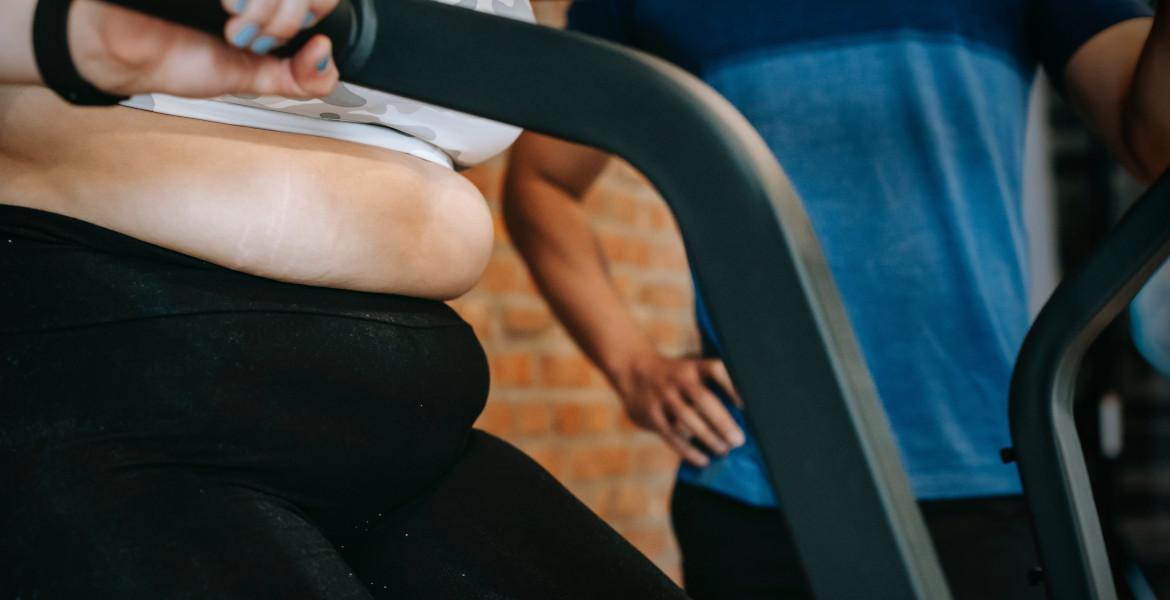The blue zones as a concept were coined by Dan Buettner, who calls himself a "discoverer". Buettner made himself known earlier by cycling around the world, setting a number of records in the Guinness Book of Records. He has written several books about the blue zones and in 2004 put together a team along with National Geographic to investigate what the secret is behind the people in the blue zones living and being healthy for so long. Five areas in the world are usually referred to as blue zones:
Seventh-day Adventists
Seventh-day Adventists is a church that has made itself known for emphasizing the importance of a healthy life. In Sweden, the church previously owned the brand Hälsans kök (The Cuisine of Health), under which they marketed various vegetarian products. The Seventh-day Adventists in Loma Linda, California, are a group that has been studied for a long time, not just by Buettner's group. A large proportion of them are vegetarians and vegans and physical activity is an important part of their daily lives.
Ikaria, Greece
Ikaria is an island in Greece and is characterized by the very low incidence of dementia and the very low mortality rate in middle-aged people. At Ikaria, life flows at a leisurely pace and many make their own wine according to old traditions.
Sardinia
In Sardinia, more specifically in the region known as Barbagia, lives the population group that has the most male centenarians in relation to the population in the world. The people traditionally live as farmers or shepherds. The research suggests that they may be descendants of an earlier Bronze Age civilization that was displaced by an invading population and thus driven up to the highlands of Sardinia.
Nicoya, Costa Rica
Nicoya is a peninsula in Costa Rica that comes in second place when it comes to male centenarians, after Barbagia in Sardinia. They also have the lowest mortality rate in the world among middle-aged people. In Nicoya, not only do people grow old, but just like in the other blue zones, they are active and healthy until they pass away.
Okinawa
Okinawa is an island south of Japan where the population has traditionally lived largely on sweet potatoes and fish. Okinawa has the largest proportion of female centenarians in the world.
Based on Buettner's research, below are some tips for you who in our society want to follow some of the habits in the blue zones.
Everyday exercise
In the blue zones, moving around is part of everyday life. Most people live traditional lives where they work in the field, in the garden, fish or look after the animals. This means that they never have to think about training or exercise as a separate activity. This can be difficult for you who have a job where you mostly sit at a desk all day. A solution can be a lunch walk, a desk where you stand or maybe even a small exercise bike you put under the desk and pedal a little to and fro during the day.
Purpose of life
In the blue zones, everyone states that they know the purpose of their lives, something that few could probably do in the western world. Feeling that life is meaningful is a prerequisite for mental health and it also is evident in how long people live and how happy they are. This is also related to the next item.
Relaxation and de-stressing
Stress is a part of life, even for the people in the blue zones. The difference is how they handle it. Meditation, prayer and reflection are some examples of what they all do, but which very few of us do. In addition to this, the stress level for us is often significantly higher. People who profess to be genuinely religious, no matter what religion they are, live longer and consider themselves happier than others. Studies have shown that those in the West who participate in a religious gathering four times a month live on average four to fourteen years longer than others.
They do not eat until stuffed
Several of the blue zones have traditions that prevent overeating, such as "hara hachi bu" in Okinawa, which means that you should stop eating when you are 80 percent full. Maybe we can also assume that you are not offered cake every week at work in the blue zones? Not eating too much can be easier said than done, but if you try, it probably has some kind of effect.
Mostly plants in the diet
The diet in the blue zones is largely plant-based, supplemented with cheese, fish or meat. Beans are also something that reappears in all the blue zones in different forms and is usually eaten daily. This means that the energy in the diet comes mostly from carbohydrates, 65 percent approximately. It can be said that the diet in the blue zones is starch-based, mostly from root vegetables, whole grains and beans. This is easy to follow in our society, where food from all corners of the world is available all year round.
Alcohol
Alcohol is consumed in all the blue zones except among the Seventh-day Adventists in Loma Linda. However, people are very rarely drunk and the alcohol is always consumed with food or in social contexts.
Social context
Family, friends and society are factors that play a major role in health. In the blue zones, everyone has somewhere where they belong. They have strong social networks and always put the needs of their families first. This is a very stark contrast to Western society, where the self-realisation of the autonomous individual is often portrayed as central.
The term "blue zone" has gained great popularity and today Buettner works with an entire organisation behind him to try to improve the health of the American population with the blue zones as a model. Perhaps the Swedish population can also be inspired by the lifestyle in the blue zones to live healthier and happier lives in modern society.




